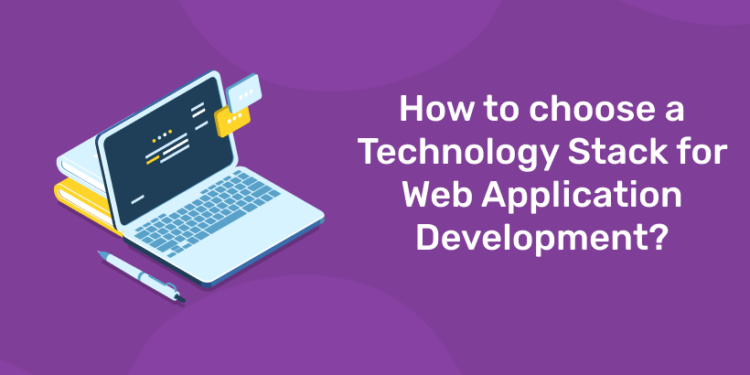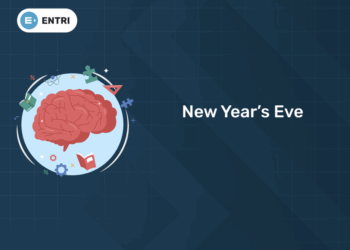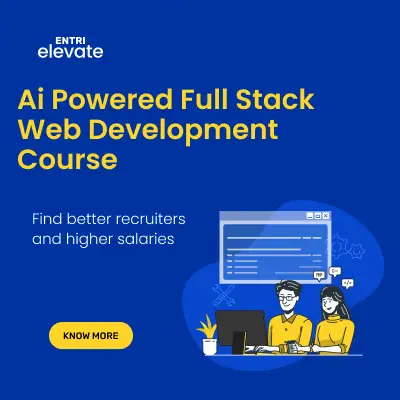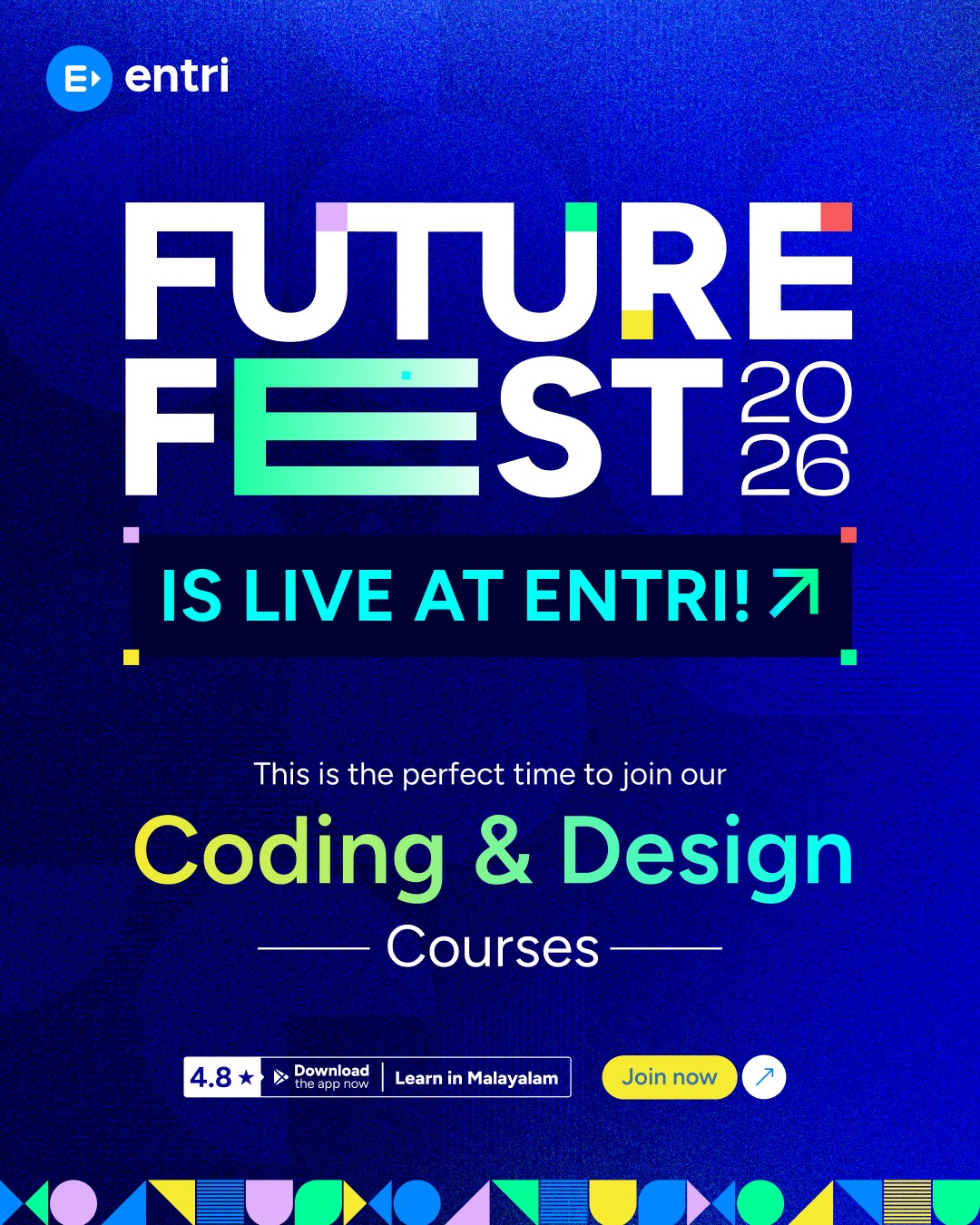Table of Contents
Key Takeaways:
- Your tech stack should align with your project needs, team’s skills, budget, and growth plans.
- MERN and MEAN stacks lead for startups needing speed and scalability.
- Python/Django dominates in data-heavy and AI-driven apps.
- Proven stacks like LAMP and ASP.NET continue to deliver for cost-effective and enterprise needs.
- Consider time to market, maintenance, and community when deciding.
Introduction
Have you ever caught yourself marveling at how effortlessly your favorite websites or apps just work? Behind that seamless experience lies a carefully chosen combination of technologies—what we call a technology stack. Picking the right tech stack isn’t just a technical choice; it’s about setting your project up for success from day one. Whether you’re a founder with a big idea or a developer crafting the next big thing, the stack you choose will shape everything from user experience to how easily you can add features down the road.
Think of it like choosing the right foundation for a house. A good foundation supports growth, withstands challenges, and doubles as a smart investment. The wrong one? You’re stuck with costly fixes and limited room to expand. This guide breaks down how to pick the perfect tech stack for your web app in 2025, with a human touch to help you understand, relate, and make decisions confidently.
What Is a Technology Stack? Understanding the Layers
1: Which of the following is a JavaScript framework/library?
A technology stack is simply the collection of tools, programming languages, frameworks, databases, and servers working together to bring your web application to life. Imagine constructing a building: you need bricks (programming languages), architecture (frameworks), plumbing (APIs), and a solid foundation (servers and databases). These layers talk to one another to create the seamless digital experiences users love today:
- Frontend (Client-side): This is what users see and interact with. It includes technologies like HTML, CSS, and JavaScript frameworks such as React, Angular, and Vue.js that determine your app’s look and feel.
- Backend (Server-side): The powerhouse behind the scenes. Backend handles business logic, databases, authentication, and communication with the frontend.
- Database: Where your data lives. Databases can be relational (like MySQL or PostgreSQL) for structured data or NoSQL (like MongoDB) for flexible, high-volume data.
- Infrastructure: The environment where your app runs—servers, cloud platforms (AWS, Azure, Google Cloud), and deployment tools.
Choosing the right mix impacts speed, security, scalability, and maintainability.
Read in detail at What is Web Development?
🚀 Start Coding Today! Enroll Now with Easy EMI Options. 💳✨
Get Hired as a Full-Stack Developer: Master the Skills Employers Are Looking For!
Start Learning With EMI Payment OptionsFactors to Consider When Choosing a Tech Stack
Choosing a tech stack isn’t about picking the trendiest tools. It’s about matching technology to your unique needs:
-
Project Requirements and Scale
Start by asking: What type of app am I building? For a simple MVP, speedy development frameworks like MERN or Django might suffice. For enterprise systems, reliable and scalable stacks like Java with Spring or ASP.NET Core can handle complexity with grace.
-
Developer Expertise and Community Support
The smartest choice is often what your team knows. Using popular, well-supported tools means easier hiring, troubleshooting, and access to libraries and resources.
-
Time to Market
If you’re racing against the clock, pick tools with large ecosystems, lots of plugins, and strong third-party integrations—MERN and MEAN stacks shine here with full JavaScript development.
-
Scalability and Performance
Make sure your stack can grow with you. Node.js and React are built for scalable real-time web apps, while Python and Django bring robustness for data-heavy projects.
-
Budget Constraints
Open-source stacks like LAMP (Linux, Apache, MySQL, PHP) provide cost-effective, reliable solutions without licensing fees.
-
Long-Term Maintenance and Security
Opt for mature technologies with regular updates and strong security track records to protect users and ease future maintenance.
You might also like: Best Practices for Developing Secure Web Applications
Popular Technology Stacks in 2025
| Tech Stack | Components | Best For | Strengths |
|---|---|---|---|
| LAMP | Linux, Apache, MySQL, PHP | Budget-friendly web apps, CMS | Proven, stable, vast developer pool |
| MEAN | MongoDB, Express.js, Angular, Node.js | Real-time apps, startups | Full JavaScript, fast development |
| MERN | MongoDB, Express.js, React, Node.js | SaaS apps, dynamic interfaces | React ecosystem, reusable UI components |
| MEVN | MongoDB, Express.js, Vue.js, Node.js | Rapid prototyping, lightweight | Simple, flexible, easy to learn |
| Django + Python | Python, Django, PostgreSQL/MySQL | AI/ML apps, data-heavy systems | Security, rapid dev, AI integration |
| ASP.NET Core | C#, .NET Core, SQL Server | Enterprise, compliance-heavy | Performance, Microsoft ecosystem |
| Java + Spring | Java, Spring Framework, MySQL/Oracle | Large enterprises | Scalability, stability |
Also read: MEAN Stack vs MERN Stack – Differences and Similarities
Quick Tips for Frontend and Backend Technologies
-
Frontend:
- Opt for React.js if you want component-based, high-performance interfaces.
- Use Next.js to get server-side rendering and SEO advantages.
- Vue.js suits beginners or projects needing fast ramp-up with gentle learning curves.
- Styling can be accelerated with Tailwind CSS or Bootstrap for responsive design.
-
Backend:
- Node.js is event-driven and great for scalable APIs and microservices.
- Python with Django/Flask is a solid choice for applications requiring quick turnaround and AI/ML capabilities.
- Choose ASP.NET Core when working within a Microsoft-centric environment demanding enterprise standards.
- Java + Spring powers large, complex systems requiring robust performance and maintainability.
Database Choices
- Relational Databases (MySQL, PostgreSQL): Best for structured data and complex query support.
- NoSQL Databases (MongoDB, Cassandra): Useful for unstructured data, horizontal scalability, and high traffic.
People also read: How to Build a Web?
🚀 Start Coding Today! Enroll Now with Easy EMI Options. 💳✨
Get Hired as a Full-Stack Developer: Master the Skills Employers Are Looking For!
Start Learning With EMI Payment OptionsCurrent Trends Shaping Tech Stack Choices
- AI-Powered Development: Python’s integration with AI libraries is pushing AI-driven features mainstream.
- Full JavaScript Environments: MERN and MEAN stacks eliminate context switching by unifying frontend and backend languages.
- JAMstack and Headless Architectures: Decoupling frontend and backend using APIs promotes speed and security.
- Component-Based Frameworks: React and Vue.js continue to dominate for productive UI development.
- Serverless Computing: AWS Lambda, Azure Functions provide scalable, cost-efficient backend without server management.
When Speed Matters: Time-to-Market Comparison for MVPs
| Stack | MVP Delivery Timeline | Best Use Cases |
|---|---|---|
| MERN / MEAN | 2-3 months | Startups, SaaS, real-time apps |
| LAMP | 3-4 months | Small to medium business |
| Python/Django | 4-6 months | AI or data-focused apps |
| ASP.NET Core | 4-5 months | Enterprise, compliance-driven apps |
| Java/Spring | 5-6 months | Large-scale enterprise systems |
Learn MERN Stack Developer Course now!
Kickstart Your Career with Entri’s Full Stack Developer Course
Ready to master the tech stacks that power 2025’s web applications? Entri’s Full Stack Developer Course arms you with hands-on experience across frontend, backend, and database technologies. With AI integration built-in, learn how to harness AI tools to streamline development and build smarter apps. The course pairs expert mentorship with placement assistance, helping you break into top tech roles.
Course Features:
- Practical projects mirroring real-world scenarios
- AI-enabled workflows and coding assistance
- Personalized mentorship from industry professionals
- Placement support connecting you with leading companies
- Comprehensive coverage from UI to server and database
Conclusion
Selecting the right technology stack is a foundational decision that determines your web app’s success and longevity. Aligning your project goals with the right tools prepares you to build fast, scale gracefully, and deliver remarkable user experiences. By choosing well and investing in your skills through Entri’s Full Stack Developer Course, you’re not just building an app—you’re building your future in tech. Enroll today and start creating the applications of tomorrow with confidence.
Related Articles
🚀 Start Coding Today! Enroll Now with Easy EMI Options. 💳✨
Get Hired as a Full-Stack Developer: Master the Skills Employers Are Looking For!
Start Learning With EMI Payment OptionsFrequently Asked Questions
What is the best tech stack for a startup looking to scale quickly?
MERN or MEAN stacks are ideal, thanks to their unified JavaScript environment supporting rapid development and real-time updates.
Which tech stack integrates well with AI and machine learning?
Python ecosystems with Django or Flask excel with built-in support for AI and ML libraries like TensorFlow and PyTorch.
How can I ensure my tech stack is maintainable long-term?
Choose popular, community-supported stacks with good documentation and frequent updates to mitigate technical debt.
Is it possible to change the tech stack after launch?
Switching stacks post-launch is feasible but expensive and time-consuming, so thorough upfront choices save future headaches.
Which tech stacks have the widest talent pools?
JavaScript-based stacks (React, Node.js) have a broad developer base, easing hiring efforts.














